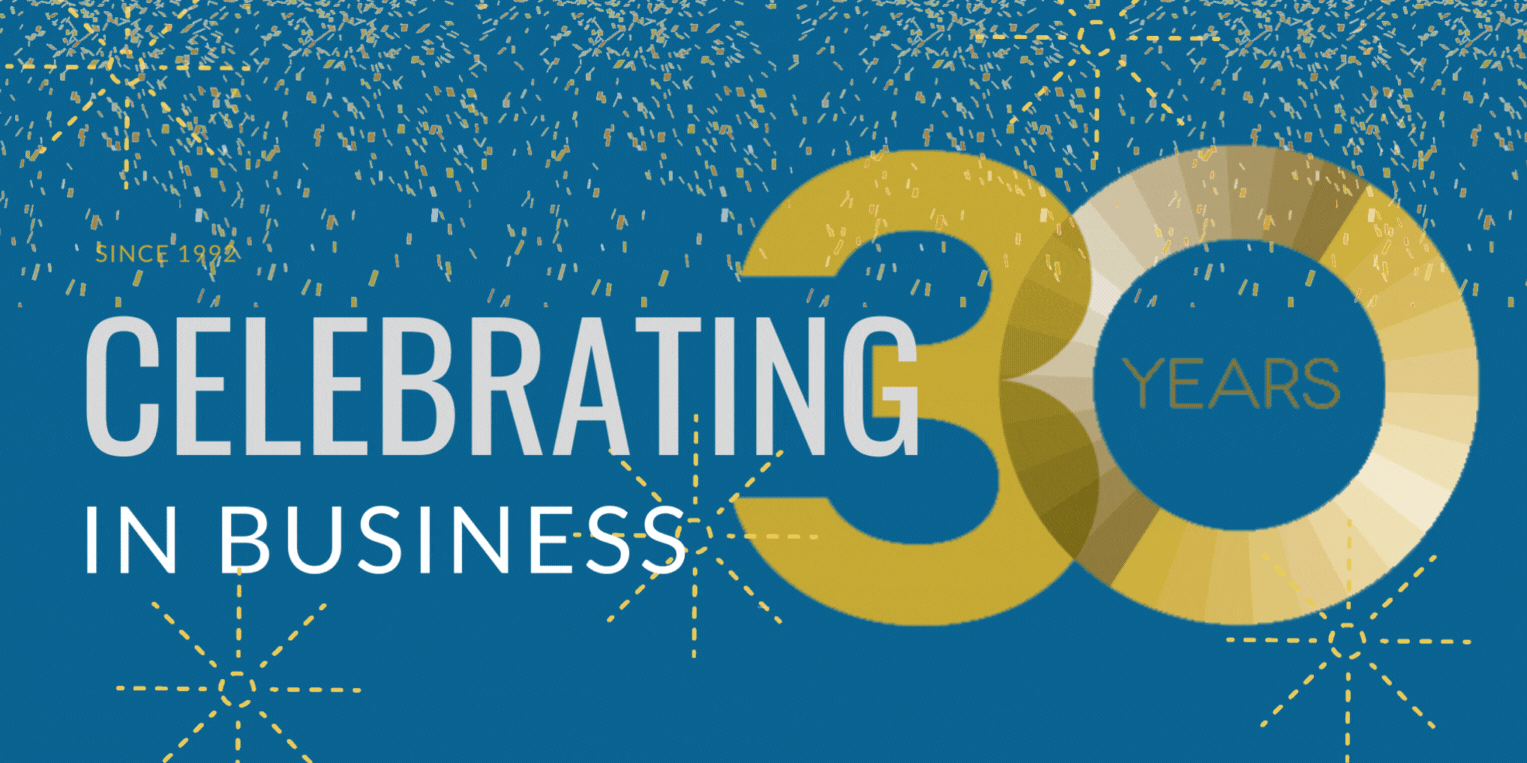T+R=Sd® Transformation+Resilience=Lasting Success
- All Rights Reserved - use, copying in any format / tool, application and distribution without consent, are prohibited -
KNOWLEDGE MANAGEMENT CRITERIA
The T + R = Sd® methodology transfers Knowledge Management criteria for the Enterprise System Management. It is applicable both in micro-enterprises and in large listed companies, in the private or public sector.
Breaking down and identifying your “Company System” is the first part of the methodological application that leads to the necessary clarity between change processes and transformation processes, applied to the individual Company.
The entire Methodology is based on segments that bring the value of analysis and reporting, also enjoyed in split form, to the point of becoming, as a whole, a valid Governance tool, a "new driving & policy" system to remain, grow and evolve in the market and with the reference market.
The "Mapping of Key Factors", a corporate and economic change rating system and a corporate and economic transformation rating help the Enterprise to read the internal context it can rely on, the external one from which it is perceived, and act on both levers.
Risk analysis on the one hand and the analysis of the 4 factors: external factors, natural factors, compliance, prevention, guide the company towards the analytical and collection focus: customer value, comparative problem solving, current profit formula, resources and tools.
Through the passage of validated process data in a single system, the Company is ready to decide its "new driving & policy" up to an Implementation Plan that includes:
- the Business Resilience Index [economic, social, organizational, environmental, prevention]
- the Transformation Capacity Index [compliance, risk, market, organization, process innovation]
- the correlated measurement of change-profit-context factors
Orienting a Company to lasting Success means helping it not to develop at a given moment, but to constantly evolve over time, a reader and protagonist aware of the Context, of its Market and of the Community.
The Methodology is completed by 12 Implementation Sheets, conceived as synthetic themed guides, which support the individual phases of the path.

